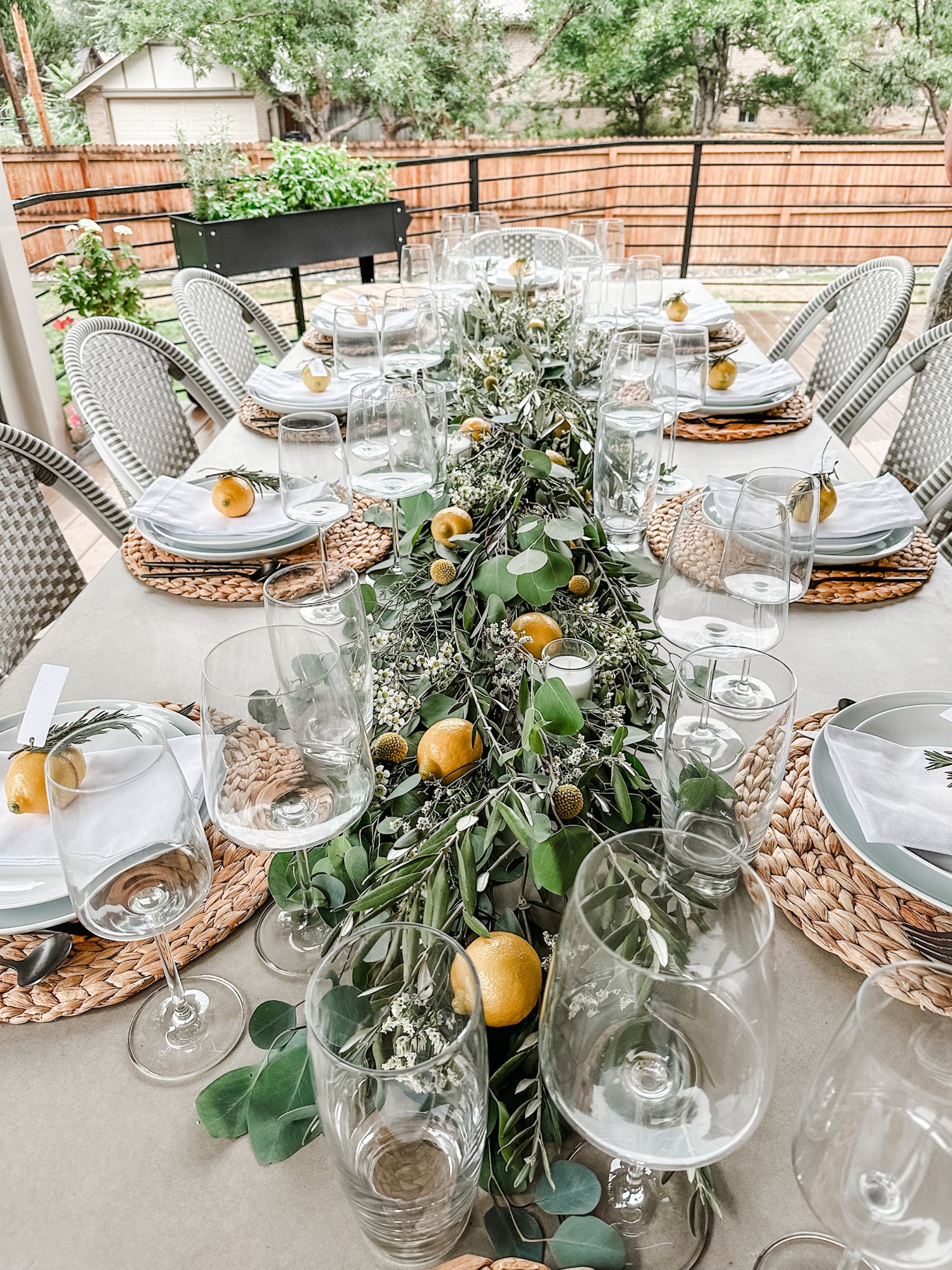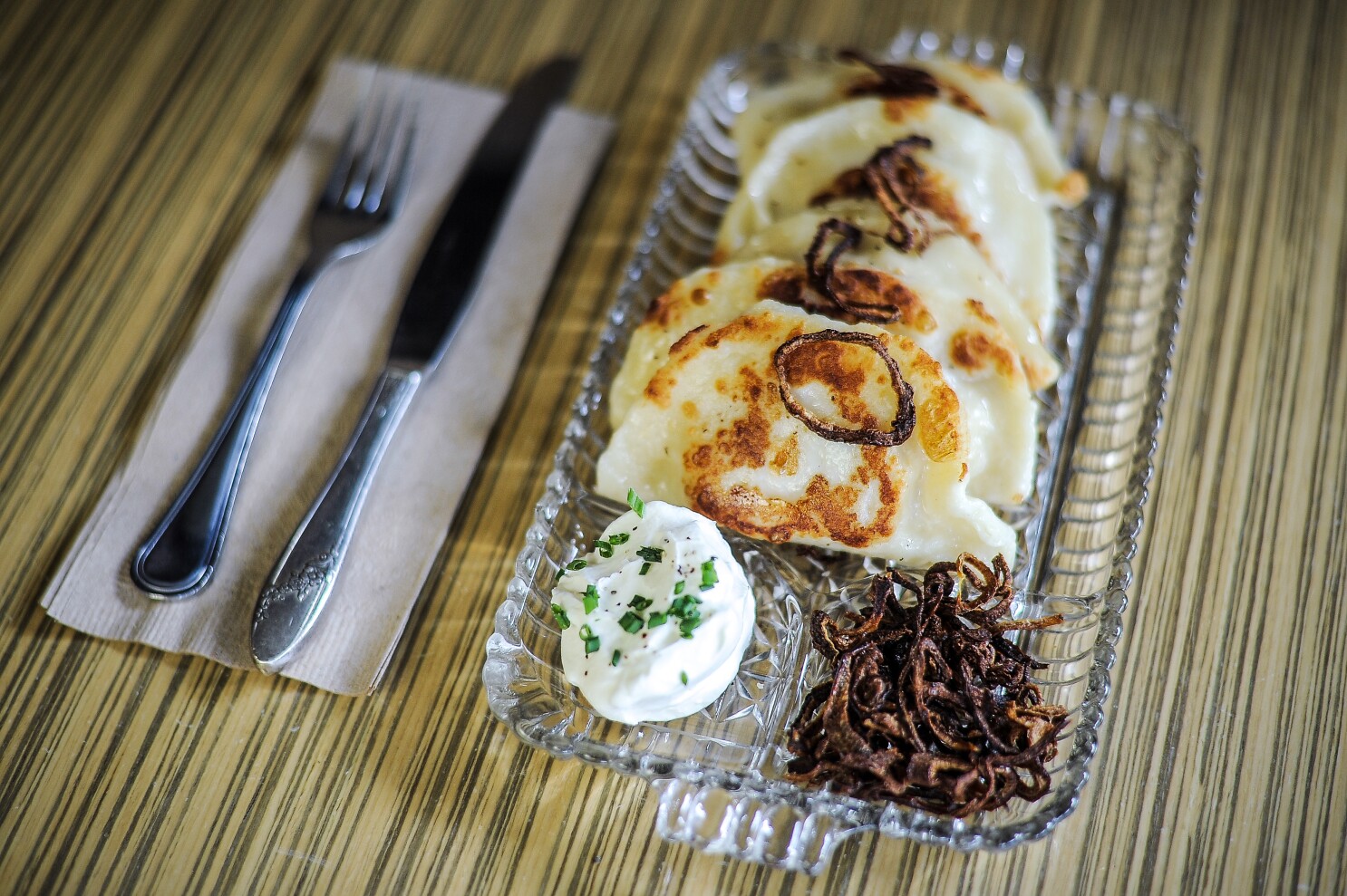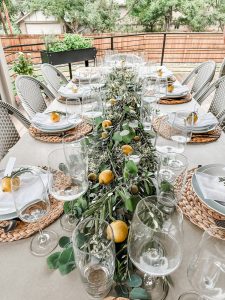The Art of the Tablescape: Creating an Unforgettable Dining Experience
The clinking of glasses, the murmur of conversation, the aroma of a delicious meal these are the hallmarks of a memorable dining experience. But beyond the food itself, the ambiance plays a crucial role in setting the stage for an unforgettable occasion. And at the heart of that ambiance lies the tablescape, a carefully curated arrangement of tableware, linens, and decorative elements that transforms a simple meal into a feast for the senses. The art of the tablescape is more than just setting a table; it’s about creating an atmosphere, telling a story, and elevating the dining experience to an art form.
Beyond Functionality: Setting the Mood
A tablescape is more than just a practical arrangement for eating; it’s a visual narrative that sets the tone for the entire meal. It’s the first impression your guests have of the occasion, and it speaks volumes about the thought and care you’ve put into hosting. A thoughtfully designed tablescape can evoke feelings of elegance, warmth, celebration, or intimacy, transforming an ordinary meal into something truly special. It’s a canvas upon which you can express your personal style and create a unique atmosphere that complements the food and the company.
The Building Blocks of a Tablescape:
Creating a stunning tablescape involves a careful consideration of several key elements:
-
The Foundation: Table Linens: The tablecloth is the foundation upon which your tablescape is built. It provides a backdrop for your tableware and sets the overall tone. From crisp white linen for formal occasions to rustic burlap for a more casual gathering, the choice of fabric, color, and texture can dramatically impact the look and feel of your table. Placemats and runners can add another layer of visual interest and help define individual place settings.
-
The Essentials: Dinnerware, Flatware, and Glassware: These are the functional elements of your tablescape, but they also contribute significantly to the overall aesthetic. Consider the style of your dinnerware – classic china, contemporary stoneware, or something more eclectic. The flatware should complement the dinnerware, and the glassware should be chosen based on the beverages you’ll be serving. Don’t be afraid to mix and match pieces to create a unique and personalized look.
-
The Centerpiece: A Focal Point: The centerpiece is the visual focal point of your tablescape. It can be anything from a vibrant floral arrangement to a collection of candles, a sculptural object, or even a bowl of seasonal fruits. The centerpiece should be proportionate to the size of the table and should not obstruct conversation.
-
The Accents: Adding Personality: These are the small details that add personality and flair to your tablescape. Think about using place cards to personalize each setting, incorporating natural elements like leaves or branches, adding small favors for your guests, or using decorative napkins and napkin rings. These seemingly small touches can make a big difference in the overall impact of your tablescape.
-
Lighting: Setting the Ambiance: Lighting plays a crucial role in creating the right ambiance. Candles, whether tall tapers or votives scattered throughout the table, create a warm and inviting glow. Consider using string lights or lanterns for a more festive atmosphere. The lighting should complement the overall mood of the tablescape and enhance the dining experience
Creating a Cohesive Look:
While it’s fun to experiment with different elements, it’s important to create a cohesive look for your tablescape. Consider the following:
-
Theme or Occasion: The theme or occasion of your meal should guide your choices. A formal dinner party will call for a more elegant and refined tablescape than a casual brunch. Consider the season, the cuisine you’re serving, and the overall atmosphere you want to create.
-
Color Palette: Choose a color palette that complements your theme and creates the desired mood. You can use a monochromatic scheme for a sophisticated look, or incorporate contrasting colors for a more vibrant and playful feel. Don’t be afraid to use pops of color to add interest and visual appeal.
-
Balance and Proportion: Pay attention to the balance and proportion of your tablescape. The centerpiece should be appropriately sized for the table, and the other elements should be arranged in a way that is visually pleasing. Avoid overcrowding the table, and leave enough space for guests to comfortably dine.
Beyond the Basics: Adding Personal Touches:
The most memorable tablescapes are those that reflect the personality and style of the host. Don’t be afraid to incorporate personal touches that make your table unique. Use family heirlooms, display collections of objects you love, or create DIY decorations that reflect your creativity. These personal touches will make your guests feel special and create a truly memorable dining experience.
The Joy of Gathering:
Ultimately, the art of the tablescape is about more than just creating a beautiful setting. It’s about creating an atmosphere where people can connect, share stories, and enjoy the pleasure of good food and good company. It’s about creating memories that will last long after the meal is finished. So, take the time to curate your tablescape with care and attention. Your guests will appreciate the effort, and you’ll create a dining experience that is truly unforgettable.






Post Comment